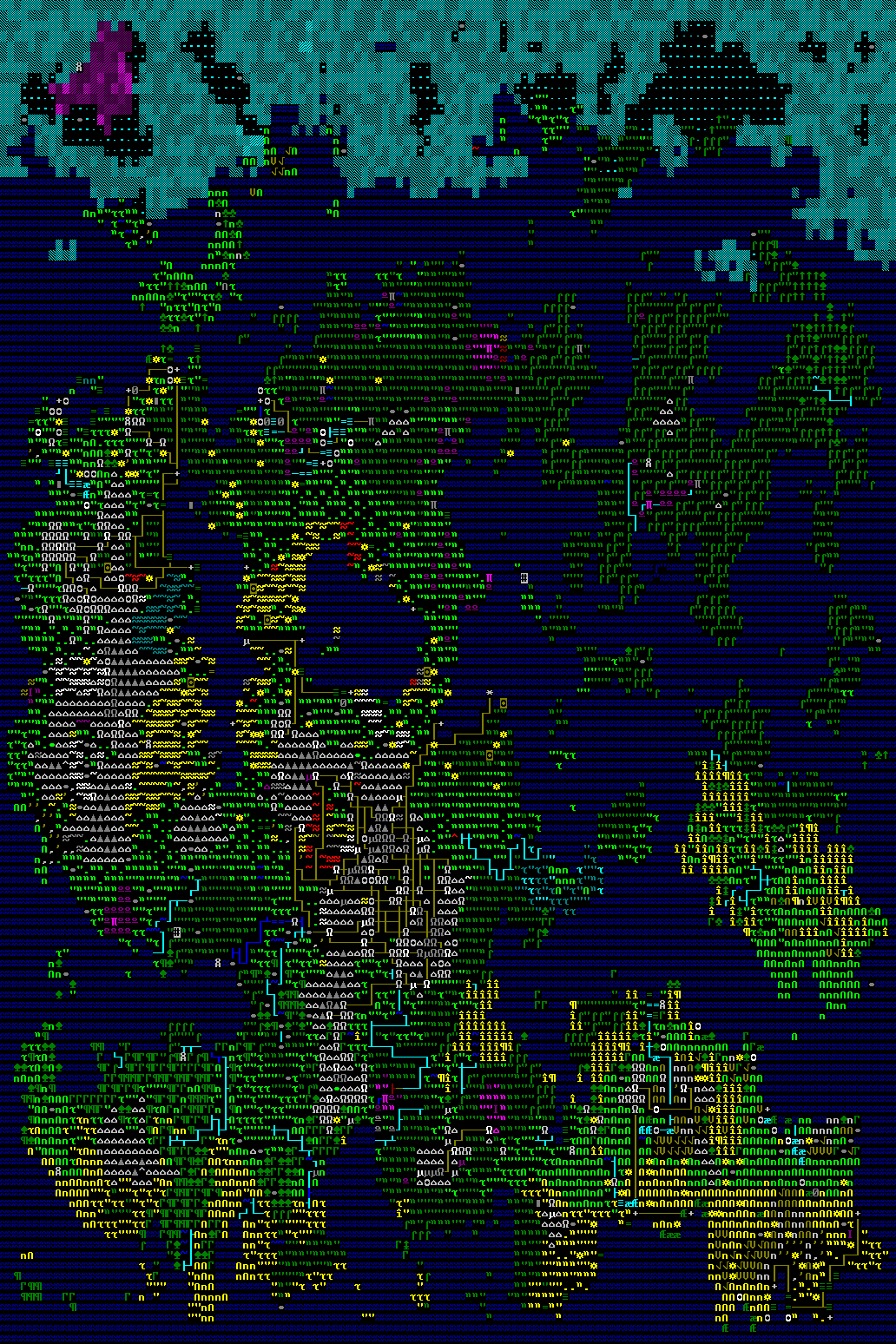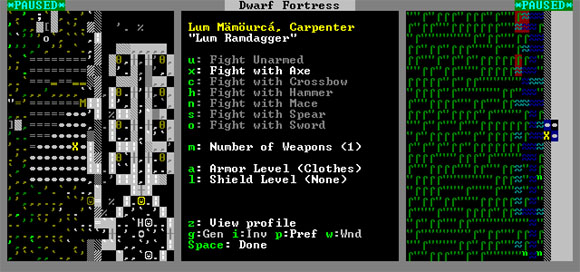

There’s the Fortress mode, of course, in which players help a small group of dwarves to carve a city out of the bare earth. There’s the Adventure mode, which plays like a traditional roguelike game, filled with medieval weapons and deadly monsters. And there’s also the Legends mode, which allows you to inspect the game’s elaborate, procedurally generated histories filled with heroic characters and epic wars that span generations. The three modes interact with each other. When your dwarf settlement falls into disrepair, you can explore it as an adventurer, and then admire the stories that you’ve helped to shape in the legends of that same world. This is all complicated by the fact that the entire environment is rendered with ASCII characters. A dwarf is a little smiling face an armor stand is a musical note the Yen sign stands for a cave lobster. That sounds like a lot, but hold on, as there’s even more to learn.Ī fan-made tool called Legends Viewer allows you to search through the history of the worlds that Dwarf Fortress Classic creates in a hyperlinked database. Legends Viewer via Polygonĭwarves don’t have hit points per se.

Instead, they have individual locations on their body that take damage in unique and unusual ways that affect their ability to fight. Dwarves will name their own weapons once they grow fond of them. They even have memories that impact their mood and their worldview. There’s so much going on in the background that the game is capable of bringing modern processors to their knees. The implementation of all this detail has contributed to Dwarf Fortress’ status among critics and historians alike. It was recently added to the collection at the Museum of Modern Art in New York, changing the way the institution itself thinks about art. The game has been influential, both as a vehicle for storytelling and as an inspiration to other game developers. Without it, there may not be a Minecraft.īut the barrier to entry for new players seems at times almost spiteful. The game lacks virtually every modern convenience. Aside from a brief intro cinematic, there are no graphics to speak of.
#Dwarf fortress ascii tleset software
The interface, which at the moment can only be controlled through arcane keyboard inputs, looks like stock-trading software from the early 1980s. The truth is that Adams has been so busy programming Dwarf Fortress over the last 16 years that he hasn’t had time for things like graphics. Instead, he just sampled images of ASCII characters from a 30-year-old version of MS-DOS and called it a day.


 0 kommentar(er)
0 kommentar(er)
